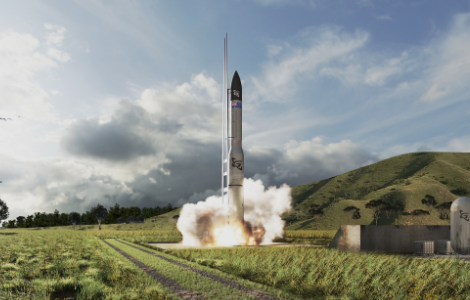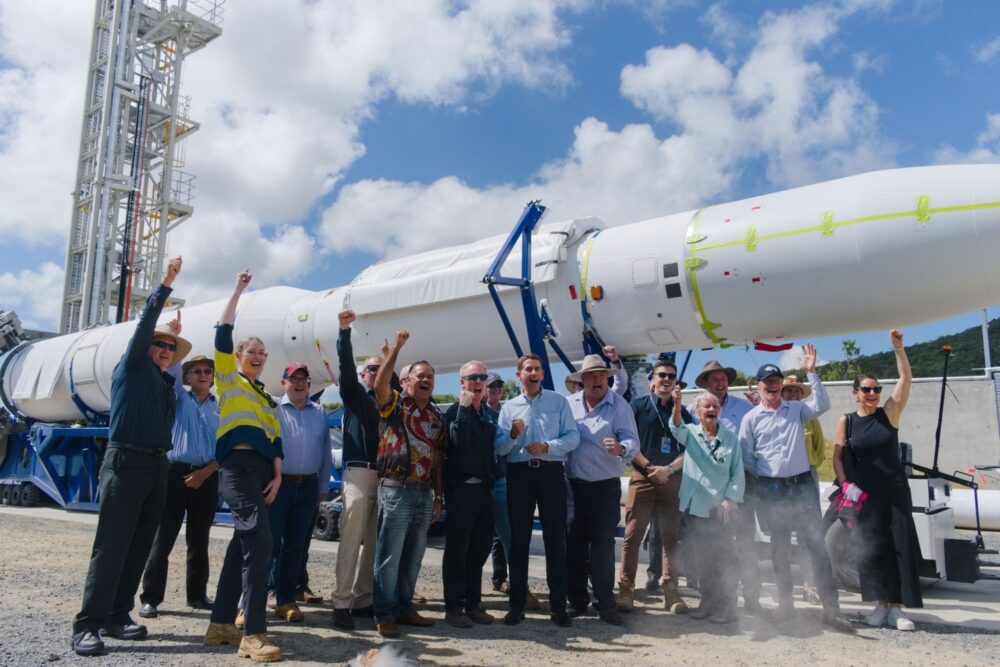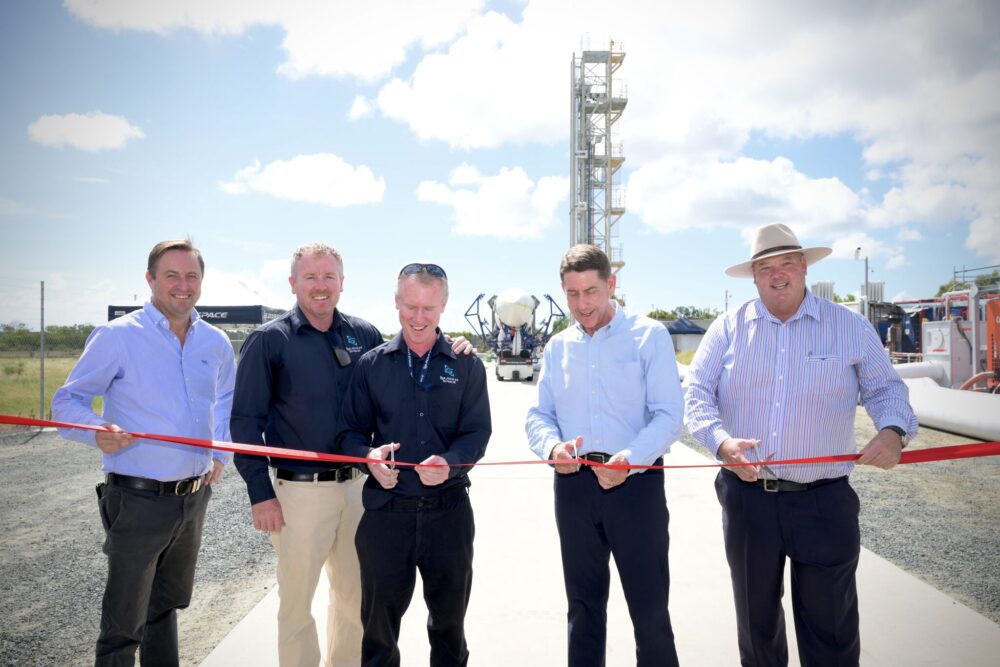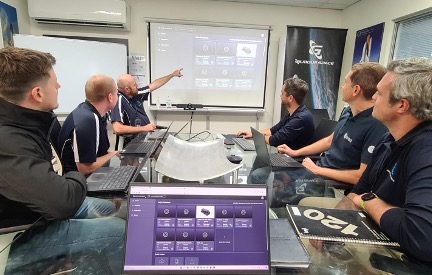

Gilmour Space Used Duro to Enhance Collaboration and Develop its Three-Stage Rocket
Raised $36M in Series D ahead of its 2024 launch.
| Before Duro |
| After Duro |
| Struggled using Microsoft SharePoint to manage documentation.
Gilmour’s team had no change control process. Engineers were unable to find the latest revision. Next to impossible to track changes in designs. No option for engineers to return to a previous baseline when needed. |
Engineers could reliably predict and follow production timelines.
Track changes and surface data for regulators for launch permission. Copy-paste functionality for rocket designs, speeding up iteration processes. Leading Australian SpaceTech company — raising $36M in series D. Testing three-stage rocket “Eris” in 2024, pending approval. |

“Without being able to define a baseline or manage changes to our products in Duro, we wouldn’t have the confidence in our design to be able to seek launch permission.”
– Senior Launch Vehicle Engineer, Gilmour Space
Introducing Gilmour Space Technologies
Gilmour Space is Australia’s leading venture-capital-backed space technology company, developing and launching new Australian-made rockets and satellites into orbit. Since starting its rocket program in 2015, Gilmour has made considerable progress in developing innovative hybrid propulsion technologies that will enable lower-cost access to space.
Gilmour’s Challenges
Configuration Management
Gilmour was using Microsoft SharePoint for document management, but as the team grew, they had issues with configuration management. Engineers struggled to access the latest designs, having to download and email files from different tools.
No Change Control Process
The lack of a robust change control process led to unrestricted document editing, making it hard to track changes, locate specific designs from a particular time, or revert to an earlier baseline.
The Right PLM
When evaluating PLM vendors, Gilmour needed to ensure they could easily manage design revisions and the change control process. Other important factors included cost and the flexibility to integrate with Gilmour’s internal systems and third-party tools.
Our Solution
Gilmour implemented Duro PLM to enhance its design and change management processes, integrating it with their CAD, MES, and requirements management tools for increased transparency across the product lifecycle. Gilmour’s entire team gained daily access to Duro to find design revisions, upload components, and track documentation.
A Single Source of Truth for Product Data
Duro is implemented and used across all of Gilmour’s engineering departments. The entire BOM (bill of materials) is centralized within Duro, plus information on materials, parts, and assemblies.
Any team member can log in to understand the state of every design. Changes are reviewed weekly for approval and rolled in as new revisions before moving into Gilmour’s production software.
Gilmour’s team gained full traceability of changes between different versions of its launch vehicle. All the relevant information can easily be surfaced for regulators to review for launch permission.
Promote and Release Designs via CAD Integrations
With integrations to Duro’s CAD tools, SolidWorks, and Onshape, Gilmour engineers can quickly sync and release designs into the central source of truth (Duro PLM).
They can easily track BOM and component property changes (such as mass or material) in CAD as the integrations are seamless – and new information automatically populates Duro from the CAD tools.
These integrations allow Gilmour to organize and submit new engineering releases for approval; once approved, the latest revisions and released documentation get populated into Duro.
Share Design Data with Manufacturing Teams
In addition to integrating Duro with CAD, Gilmour has also integrated Duro with First Resonance’s Factory Operating System, ION. Parts from Duro are automatically duplicated and validated in ION every six hours.
Whenever anything changes in Duro, the order details are immediately pushed across to ION. This allows the manufacturing group to start planning and defining their work schedule.
The Gilmour Success Story
Improved Product Development Processes
Gilmour achieved its #1 goal of our partnership by enabling its team to easily predict and track production timelines reliably across the entire product development of its launch vehicles. Gilmour’s engineers can now easily copy-paste rocket designs to speed up iteration.

Software in Place for SpaceTech Success
With incorporated software, including Duro, allowing engineers more time for design, Gilmour is now operating as a leading Australian SpaceTech company. Its engineers can use data from Duro with other platforms to simulate different scenarios and quickly discover the impact of design changes on mission requirements.
Gilmour can use Duro’s sourcing data to show mass, price, and availability to help factor parts data into designs. Adding additional intelligence can show how a design change would impact orbit and mass. This integration with high-fidelity modeling and simulation can catch potential issues and ensure engineering changes have the highest benefits.
What’s Next for Gilmour?
Funding for Australia’s First Launch Vehicle
Gilmour Space kicked off 2024 by announcing it had raised 55 million Australian dollars ($36 million) in Series D. This investment will keep Gilmour on course to attempt several launches on its quest to become the first Australian-built rocket to enter orbit.
Test Flights Pending Approval
After marking a significant milestone with the opening of its Orbital Space Port Base, Gilmour will test its three-stage rocket, “Eris,” in the first half of 2024. A second test flight will follow later in the year, with launch approvals from the Australian Space Agency. Gilmour Space commercial launches are scheduled to begin in 2025.

Supporting Gilmour’s Mission
Duro PLM will play a central role in Gilmour’s mission statement, serving as the backbone for managing the complexities of the design and manufacturing processes leading up to these launches.
As preparations for the test flights intensify, Duro will continue facilitating collaboration, efficiency, and innovation enhancements. Duro’s integrations will allow Gilmour’s engineers to simulate scenarios, anticipate challenges, and adapt swiftly, ensuring these launches are executed precisely and reliably.

